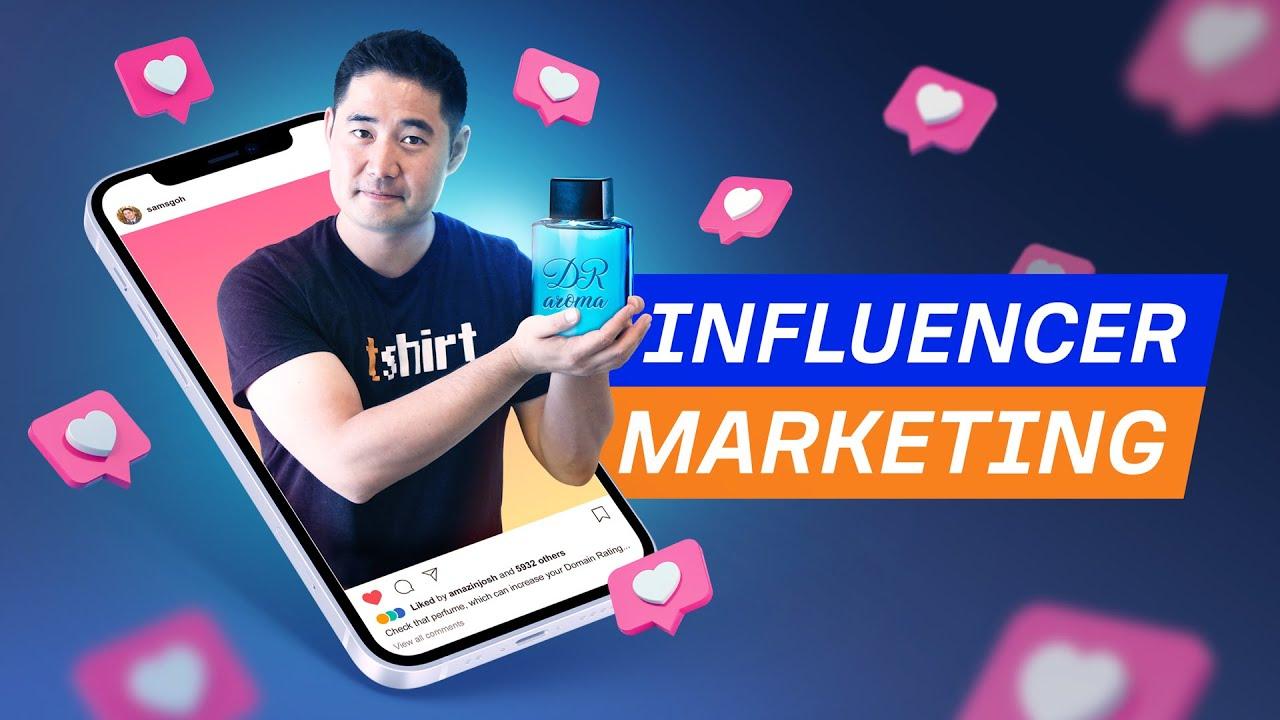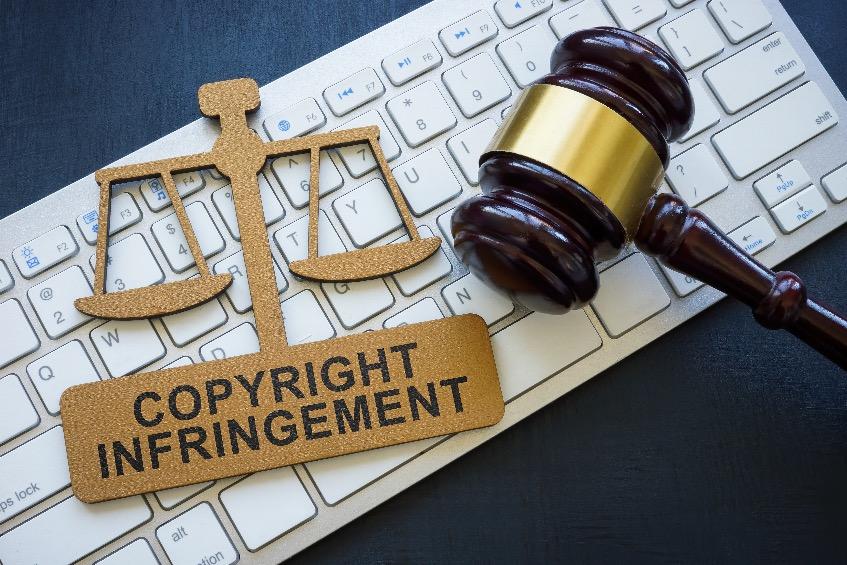
Navigating Legal Waters: YouTube Influencer Marketing Guidelines
In an era where social media platforms serve not only as channels for entertainment but also as bustling marketplaces, YouTube influencers have emerged as pivotal players in the world of marketing. With millions of subscribers and an undeniable impact on consumer behavior, these digital creators harness thier influence to promote brands, products, and services. However, the popularity of influencer marketing comes with its own set of challenges—chief among them are the legal and ethical guidelines that govern this dynamic field. As influencers and brands alike scramble to create authentic content, its essential to navigate the sometimes murky legal waters of advertising disclosures, copyright issues, and consumer protection laws. In this article,we will explore the crucial guidelines that every YouTube influencer and marketer should be aware of,ensuring their campaigns are not only effective but also compliant with the law.Join us as we chart a course through the intricate landscape of influencer marketing, equipping you with the knowledge to sail smoothly in the expansive ocean of digital promotion.
Understanding the Legal Landscape of Influencer Marketing on YouTube
As the landscape of influencer marketing on YouTube evolves, so does the necessity for influencers and brands to comprehend the legal frameworks that govern their activities. The Federal Trade Commission (FTC) mandates clear disclosure when content is sponsored or involves affiliate marketing. This means that influencers must communicate any financial or material connections with companies in a straightforward manner. Keeping clarity in mind, here are some essential disclosure practices:
- Use clear language: Phrases like “#ad” or “Paid Partnership” are generally accepted.
- Place disclosures prominently: Ensure the disclosure is easily visible, ideally at the beginning of the video.
- Avoid vague terms: Phrases such as “sponsored” should not be used without clarity.
Additionally, navigating copyright issues remains a crucial aspect of legal compliance on YouTube. Influencers must ensure that any music, graphics, or other media used in their videos don’t infringe on others’ intellectual property rights. Here’s a simple comparison table showcasing the types of permissible content:
| Content Type | Usage Rights | Examples |
|---|---|---|
| Original Creations | Full Rights | Self-created graphics or music |
| Royalty-Free Media | License Agreement | Stock footage from licensed websites |
| Copyrighted Material | Requires Permission | Popular songs or movies clips |

Essential Guidelines for Compliance in Sponsored Content
For influencers engaging in sponsored content on YouTube, adhering to legal guidelines is paramount. Understanding the Federal Trade Commission (FTC) regulations can definitely help you maintain transparency and trust with your audience. Here are some essential practices to consider:
- Clear Disclosures: Always disclose your sponsorships or partnerships prominently in your video content. Utilize phrases like “this video is sponsored by…” at the beginning or within the description box.
- Transparency in Compensation: If you receive payment, free products, or services in exchange for content, clearly indicate this in your video.
- Avoid Misleading Language: Ensure that your language does not mislead viewers about the nature of the sponsorship.
- Consistency Across Platforms: If promoting the same content on different platforms,ensure that disclosures are consistent everywhere.
Monitoring compliance not only bolsters your credibility but also safeguards against potential legal repercussions.Keep abreast of evolving marketing regulations and consider implementing a content review process.Below is a quick reference table for best practices when creating sponsored content:
| Best Practice | Implementation Tips |
|---|---|
| Use Clear Labels | Place “Sponsored” or “Ad” visibly within your thumbnail or title. |
| Engage Authentically | Integrate the product naturally into your content without forced promotion. |
| Educate Your Audience | Explain why the brand or product aligns with your values and content. |

Best Practices for Disclosing Partnerships and Sponsored Posts
Transparent communication is essential in influencer marketing, especially when it comes to sponsored content. It’s vital to clearly disclose any partnerships or sponsored posts to maintain authenticity and trust with your audience. Best practices include using straightforward language and placing disclosures in a prominent position, such as the beginning of the video description or in the opening moments of the video. Consider using these phrases for clarity:
- “This video is sponsored by [Brand Name].”
- “I received compensation for this post.”
- “Some links in this description may be affiliate links.”
Additionally, utilizing visual markers can enhance disclosure effectiveness. Incorporating on-screen text during the video can definitely help reinforce the message of sponsorship. Here’s a quick reference table to consider for various disclosure methods:
| disclosure Method | Effectiveness |
|---|---|
| Text in Description | High |
| On-Screen Text | Medium |
| Verbal Acknowledgment | High |
| End Screen References | Low |
By adopting these strategies, influencers can align their practices with legal guidelines while preserving their integrity and building lasting relationships with their audience.

Navigating Copyright and intellectual Property Issues in Video Content
Understanding the intricacies of copyright and intellectual property is paramount for anyone creating video content, especially within the realm of influencer marketing. With a myriad of potential pitfalls, content creators must be vigilant to ensure their work doesn’t infringe on others’ rights.Key considerations include:
- use of Music: Many video creators utilize popular music tracks, but failing to obtain the necessary licenses can lead to takedowns and monetization issues.
- Branding and Logos: Incorporating branded materials without permission may result in legal repercussions, so it’s crucial to seek authorization when featuring brand identifiers.
- Content Fair Use: While some content may qualify for fair use, understanding the boundaries is essential to avoid infringement claims.
Moreover, collaborating with other content creators or brands requires clear agreements that delineate ownership rights and how content can be used in the future. This transparency not only protects original creators but fosters a collaborative environment. Some vital aspects to consider include:
| Aspect | Consideration |
|---|---|
| Licensing Agreements | ensure clear terms on how the content can be used. |
| Attribution | Define how credits are given for shared content. |
| Usage Terms | Clarify where and how the content can be promoted. |
Final Thoughts
navigating the complex waters of influencer marketing on platforms like YouTube requires a careful blend of creativity and compliance. As brands seek to leverage the unique reach of influencers, understanding the legal guidelines that govern this dynamic landscape is essential. From disclosure requirements to copyright considerations, adhering to these regulations not only protects brands and influencers but also fosters transparency and trust among audiences. As the digital marketplace continues to evolve, staying informed and agile will empower marketers to harness the full potential of influencer collaborations, ensuring a harmonious balance between innovation and legality.As you embark on your influencer marketing journey, remember: clear communication, ethical practices, and a commitment to accountability will pave the way for sustainable success in the ever-changing realm of social media.